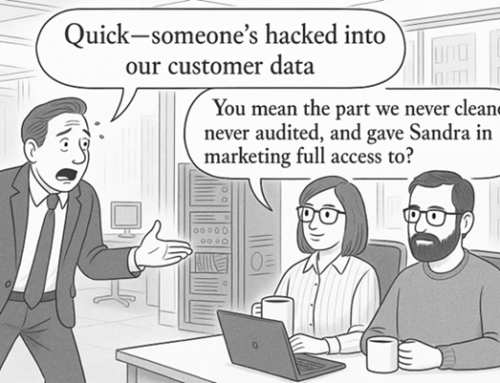When even WPP boss Sir Martin Sorrell admits that something might be up with a medium, you’d be a fool not to take heed.
He recently added his tuppence worth into the furore surrounding digital advertising sparked by research from PageFair and Adobe that revealed up to £50bn might be wiped off global digital ad spend next year. To add to the medium’s woes, a separate study from Meetrics estimated that £485m worth of online ads had never been seen as a result of glitches in programmatic buying.
While this is highly unlikely to be armageddon for online advertising, such damning statistics will inevitably have some clients running scared and online budgets will resultantly experience shrinkage – two Bellwether Report’s time will be the one to watch.
The old adage is true ‘use it or lose it’, so brand marketers will be shifting their budgets around rather than risk having a chunk taken away. Consequently, if I were a betting man I’d put my money on the fact that the same Bellwether will record an increase in direct mail spend.
Already this year there has been a marked resurgence in the popularity of the humble mailshot. The IPA’s April benchmark saw direct marketing record the sharpest increase in recent memory (+5.7%) with almost 12% of marketers reporting growth in their direct budgets. Moreover, in July the Advertising Association predicted that direct mail spend in the UK would reach £2bn next year, making it the third largest channel behind digital and TV. In stark contrast, newspaper advertising was expected to decline even more sharply.
Ironically, another potential boon for direct mail was this summer’s attack on ‘uncharitable’ fundraising, spearheaded by the Daily Mail (the sworn enemy of the DM industry). And while the medium hasn’t gone entirely unscathed, telemarketing faces devastation following the data regulator’s decision to enforce the rule that charities must check their databases against the TPS – irrespective of whether they are an existing donor and door-to-door visits have now also been seriously curtailed. Charities have few avenues left open to them and they certainly can’t be seen to be profligate with donors’ money, so it looks like online advertising won’t benefit from their budget switches.
Direct mail will be a strong choice for all brand and charity marketers that are rearranging their channel spend. When executed responsibly it is an extremely effective channel. In fact, the latest research from MarketReach shows that direct mail perceived by recipients to be valuable (defined as personal and/or useful) generates actions. Actions created by ‘valued mail’ can be direct (42% of respondents purchased, renewed, donated, as a result of the mail item), as well as indirect. These include searching for more information online (37%); discussing it with others (33%) or planning a future purchase (29%). Meanwhile, 73% of respondents were found to hold onto their valued piece of mail for future reference.
These findings won’t come as any surprise to those of us at the direct mail coal face. Mail works, particularly when combined with sterling creative and insightful analytics. With the reduction of non-commercial post falling through the nation’s letterboxes, consumers are genuinely excited to receive advertising mail – with the caveat that it is personal and done well.
Let’s face it, no one really wants to receive a bland, unpersonalised and boring “dear customer” letter from a utility company, but a personally addressed magazine every six months stuffed full of hints and tips on how to reduce energy consumption would be welcome.
Direct marketers would be foolish not to capitalise on the expected (and probably short-lived) dip in online’s fortunes. Direct mail will continue to flourish, but the growth will only be sustainable if the industry produces mail that practitioners would genuinely like to receive through their own letterboxes.





